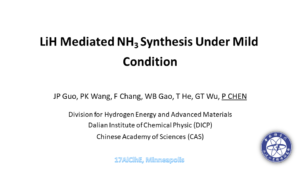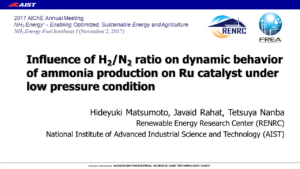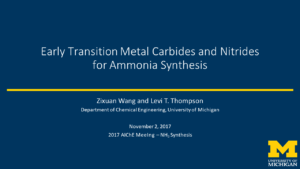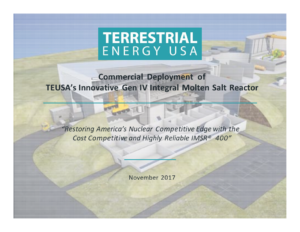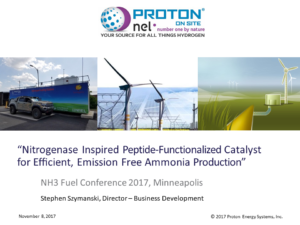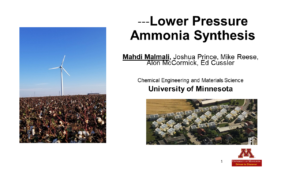Presentation
Load Range Enhancement of Haber-Bosch Process Designs for NH3 Sustainable Energy Storage By Multi-Parametric Optimization
With the world’s major shift towards renewable energy, the need of chemicals-based energy storage has drastically increased, as renewable energy is intermittent and energy storage medium is required. Among several chemical energy storage options, ammonia is promising for renewable energy on utility-scale. The Haber-Bosch ammonia synthesis was the first heterogeneous catalytic system employed in the chemical industry and developed over a period of century. However, the conventional ammonia process has been designed and optimized for steady state operation and high capacity. Power-to-ammonia requires a more flexible operation, small size reactors and decentralized production. The impact of adjustable parameters, such as,…
